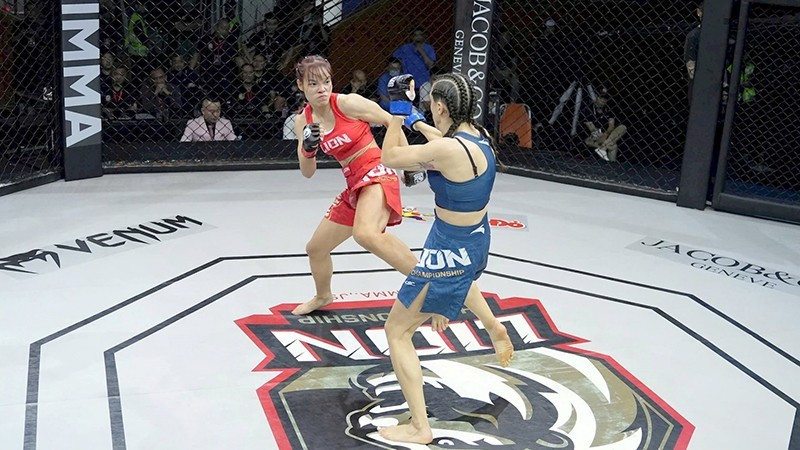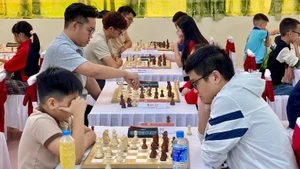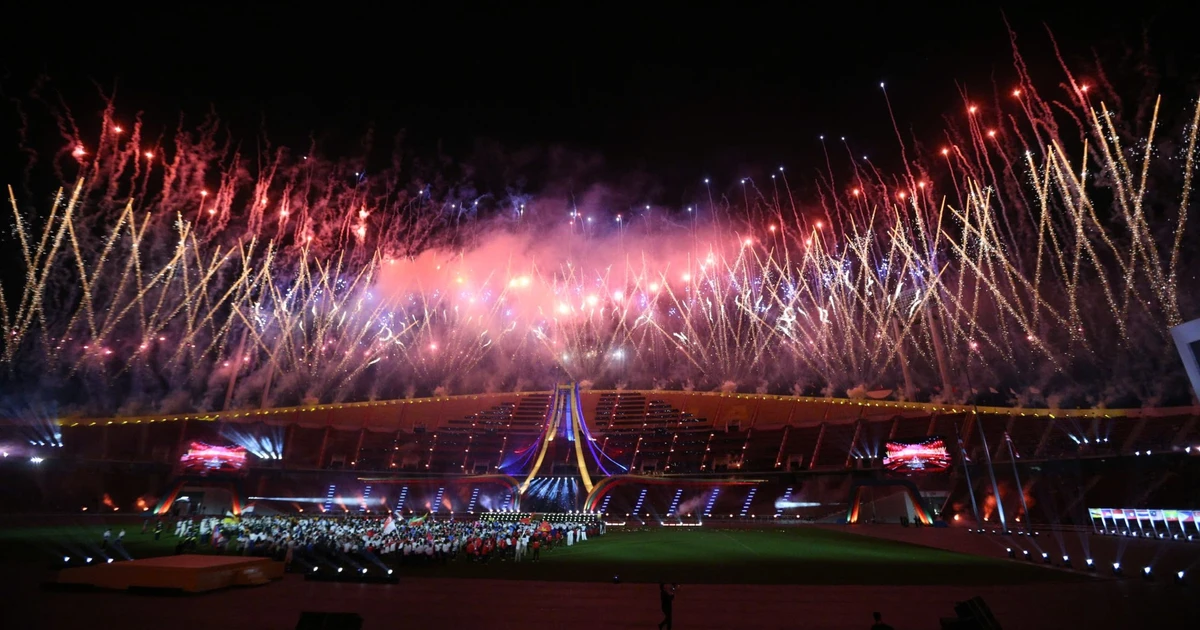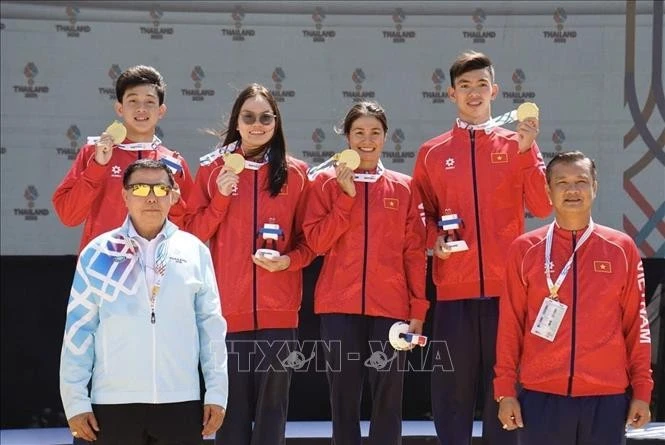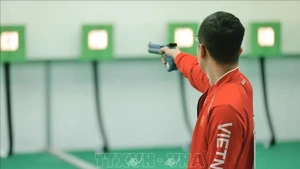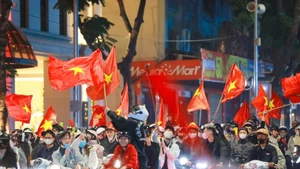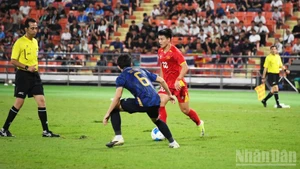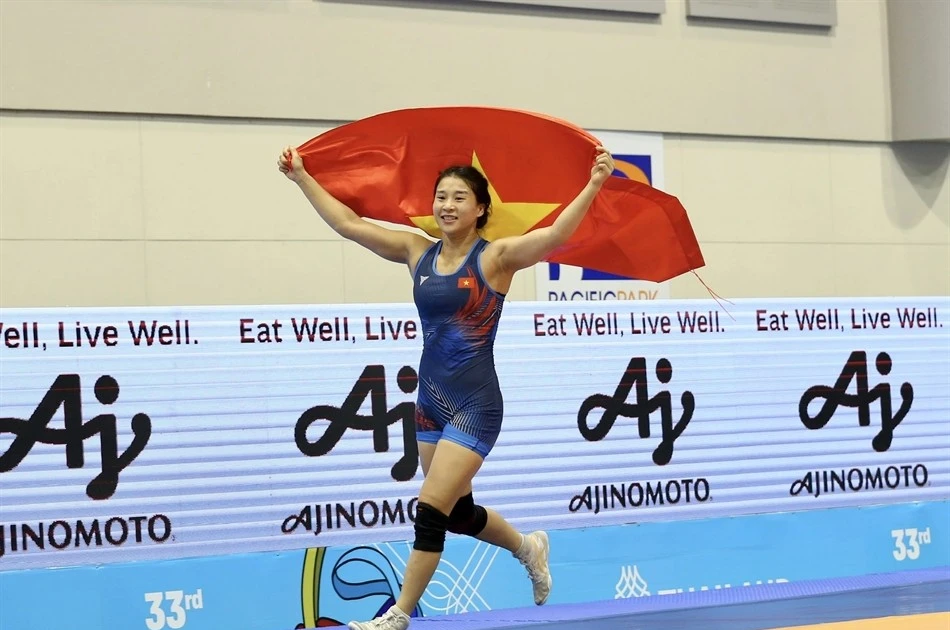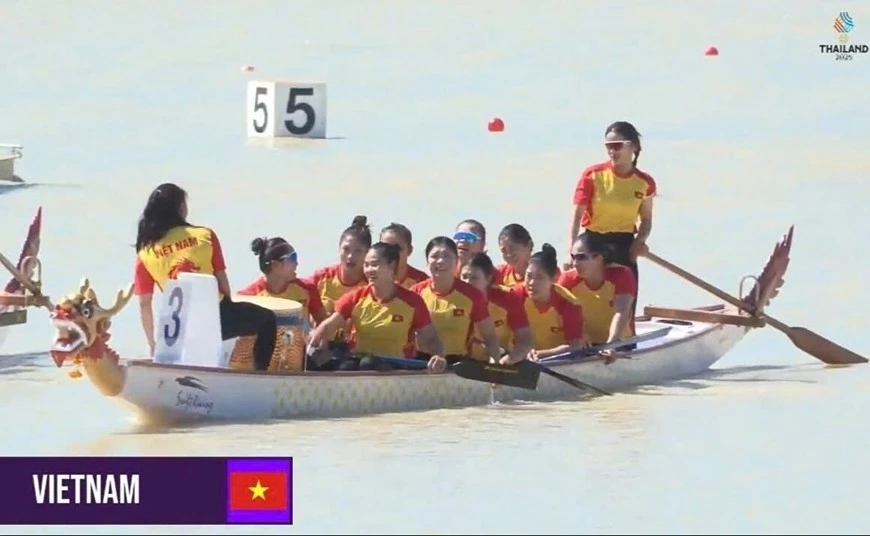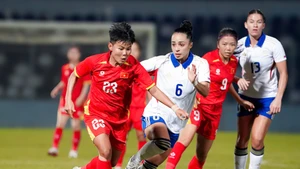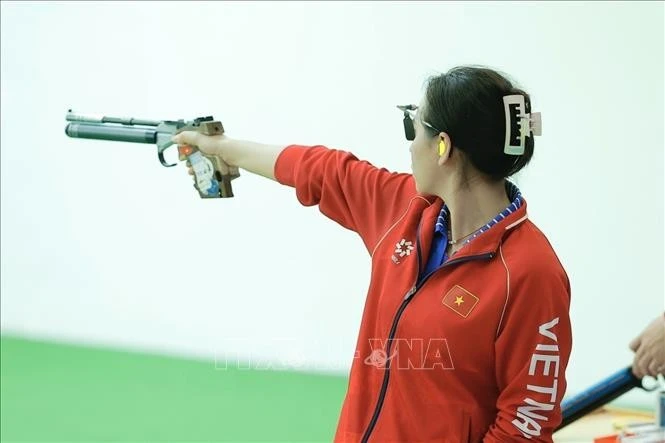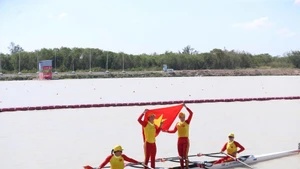Yet, what Vietnamese MMA has accomplished thus far is merely a prologue. Its development strategy must now be fine-tuned and internationally oriented to realise its global ambitions.
The formation of the Viet Nam Mixed Martial Arts Federation (VMMAF) in 2020 marked a significant milestone. Since then, regular national and youth competitions have been held, helping to identify and nurture athletes committed to pursuing elite-level sport.
Promising foundations
The launch of the Lion Championship MMA in 2022, Viet Nam’s first professional tournament solely dedicated to MMA, signalled a major leap forward. Organised by VMMAF in collaboration with various stakeholders, the event has become a launchpad for emerging domestic talent and a cornerstone in building a professional MMA ecosystem nationwide.
Held as a year-round tournament with qualifiers, semi-finals, and finals in a knockout format, the Lion Championship features eight men’s professional weight categories (56kg, 60kg, 65kg, 70kg, 77kg, 84kg, 93kg) and one for women (52kg). Matches unfold inside a standard international octagonal cage, consisting of three five-minute rounds—expanding to five rounds for championship bouts.
Athletes are drawn from MMA clubs, transitioning professionals from other martial arts, and standout amateurs. Strict adherence to weight classes, match pairing, and points accumulation ensures a transparent, public ranking system. Fighters such as Tran Quang Loc have become emblematic of Vietnamese MMA—combining grit with fierce commitment.
International standouts like Nguyen Thi Thanh Truc, Pham Quoc Dat, and Hoang Nam Thang have further showcased Viet Nam’s deep martial arts potential.
The launch of the Lion Championship MMA in 2022, Viet Nam’s first professional tournament solely dedicated to MMA, signalled a major leap forward.
At the 32nd SEA Games in 2023, MMA was officially featured, and Viet Nam clinched multiple medals—highlighted by Tran Quang Loc’s gold in the 65kg division. This affirmed the nation's rising competitiveness in Southeast Asia.
At the 2024 Asian MMA Championships, two Vietnamese athletes reached the semi-finals—a milestone, even in the absence of medals, that illustrated Viet Nam’s ability to compete at the continental level. Notably, Nguyen Tien Long captured gold in the traditional MMA 65kg category at the inaugural 2023 edition of the tournament.
Most recently, on 23 May, fighter Nghiem Van Y progressed to the semi-finals of the 'MMA Road to UFC 2025' event, scheduled for August.
Beyond these competitive arenas, fighters like Pham Quoc Dat and Hoang Nam Thang have also taken part in exchanges and events held by organisations such as IMMAF, BRAVE CF, and ROAD FC, signalling Viet Nam’s broader entry into the international MMA community.
Challenges and Future Directions
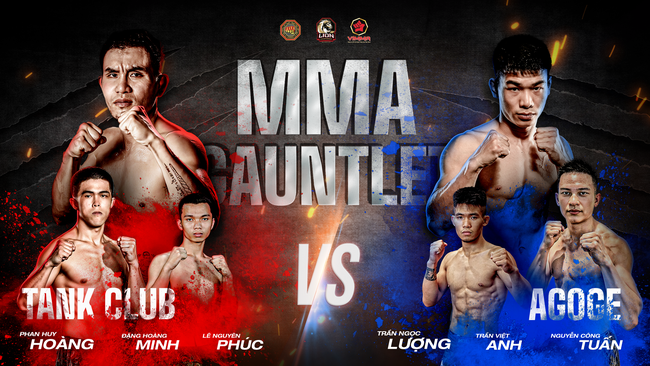
Despite these advances, the domestic MMA infrastructure faces substantial obstacles. Internationally standardised training centres have yet to be established in the key urban hubs of Ha Noi and Ho Chi Minh City. Existing gyms are largely privately owned, many lacking professional-standard cages suitable for hosting national competitions.
Coaching expertise remains largely rooted in traditional martial arts—boxing, judo, muay Thai, and wushu—with limited integration of modern, mixed-discipline training. Many fighters still finance their own training, hampering their ability to prepare adequately for international competition.
In response, VMMAF is currently drafting a 2030 development strategy. The plan includes establishing a national MMA training centre, talent-scouting young athletes nationwide, and expanding international partnerships.
A new professional league modelled after ONE Championship is also on the agenda, aimed at attracting sponsorship and keeping fighters engaged on home soil. National team head coach Tran Van Thang underscored this ambition, stating, “We don’t want to merely take part; we want Vietnamese fighters to make their mark on the ONE and UFC stages in the coming years.”
A major gap remains the absence of a strong policy framework and state support. A robust MMA ecosystem requires modern facilities, access to international experts, and sustainable funding.
With Viet Nam’s rich martial arts heritage, MMA represents an opportunity to blend traditional techniques with modern athleticism—creating a distinct expression of national identity.
As former Director General of the General Department of Sports and Physical Training Dang Ha Viet observed: “We must prioritise investment in sports infrastructure, personnel, and equipment, with the 2026 ASIAD and 2028 Olympics in sight, ensuring a solid foundation for emerging sports like MMA.”
MMA exemplifies strength, strategy, resilience, and indomitable spirit. With Viet Nam’s rich martial arts heritage, MMA represents an opportunity to blend traditional techniques with modern athleticism—creating a distinct expression of national identity.
For Vietnamese fighters to stride onto UFC stages and for spectators to witness the national flag flying on global fight platforms, concerted effort is essential. Investment must come from the state, governing bodies, communities, and the private sector alike.
Viet Nam’s MMA stands on the cusp of international breakthrough. With strategic investment in infrastructure, human capital, and finance, the country’s fighters could soon become global ambassadors of its martial spirit—igniting pride and belief in future generations.
